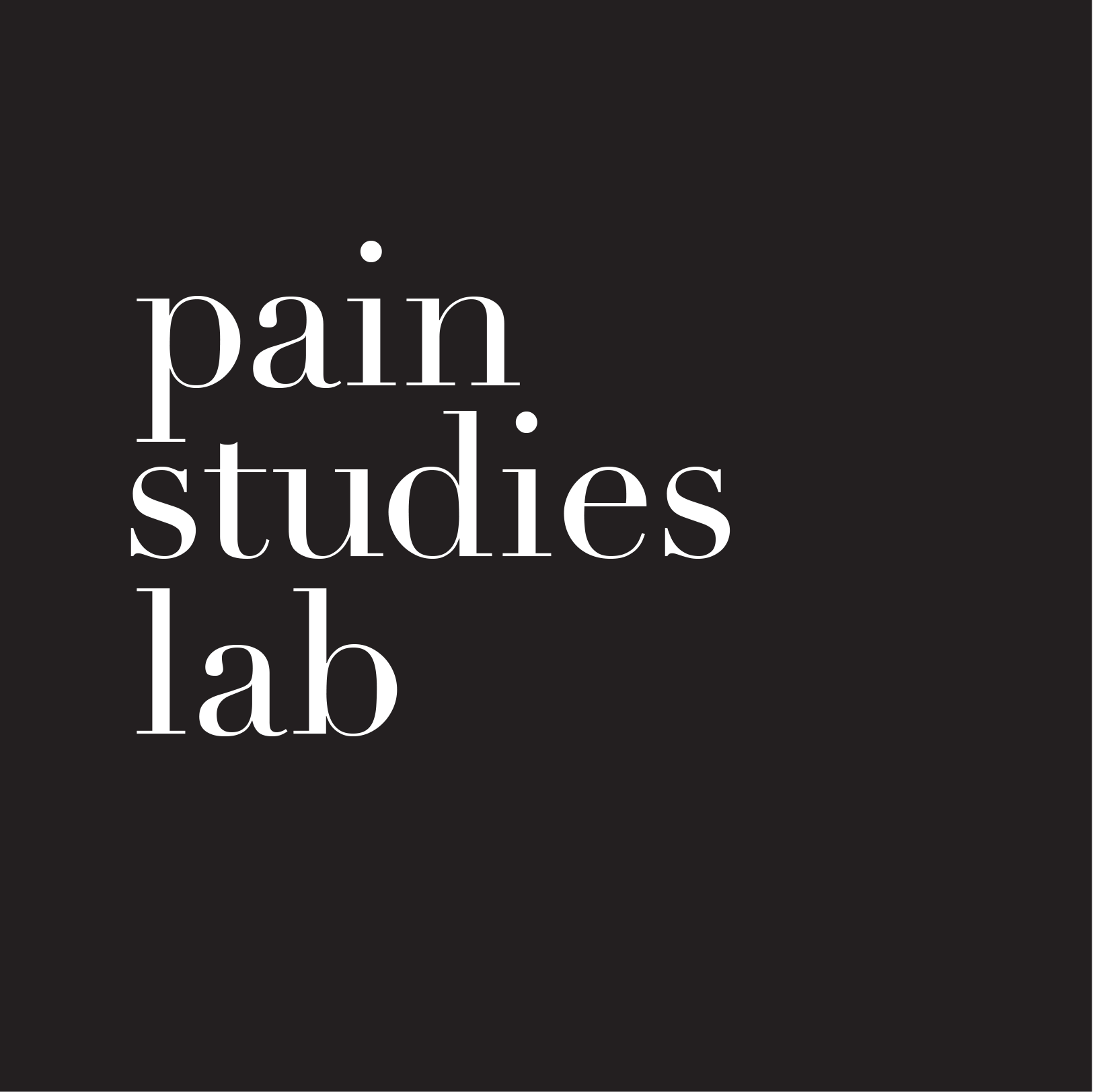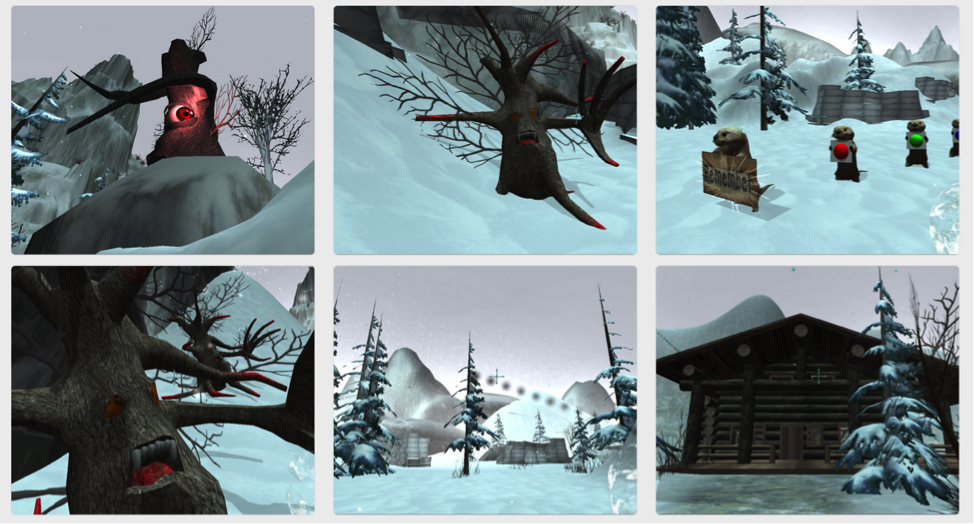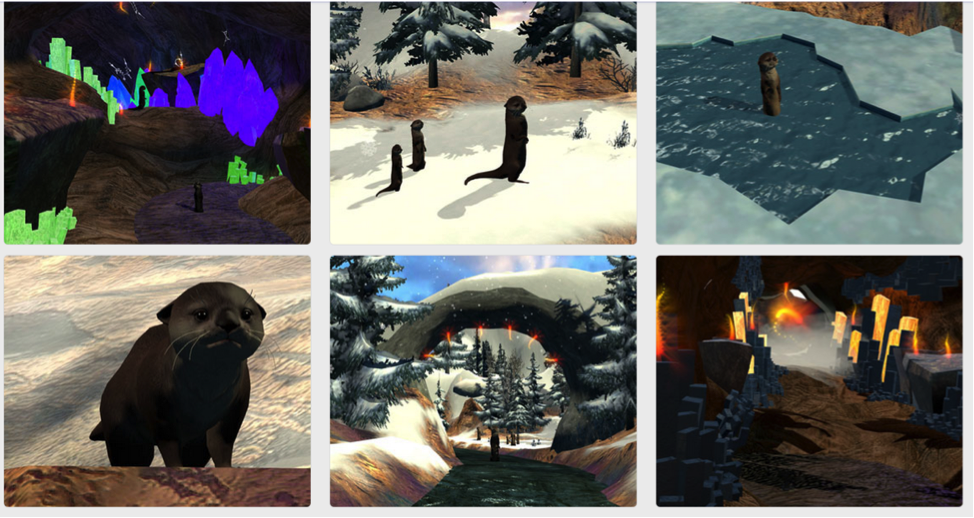Mobius Floe
Dr.Diane Gromala, Dr.Chris Shaw, Xin Tong, with Ari Hollander and Howard Rose
VR is well-known as a “nonpharmacological analgesic” for short-term or acute pain. Acute pain is the kind of pain we are all familiar with: a symptom that subsides as we heal. For this kind of pain, VR is thought to be effective because it distracts us. In other words, we can only consciously pay attention to a certain number of things, and being immersed in VR is thought to relegate pain to the background of our attention or cognitive capacity.

 Mobius Floe Users walk
Mobius Floe Users walk 